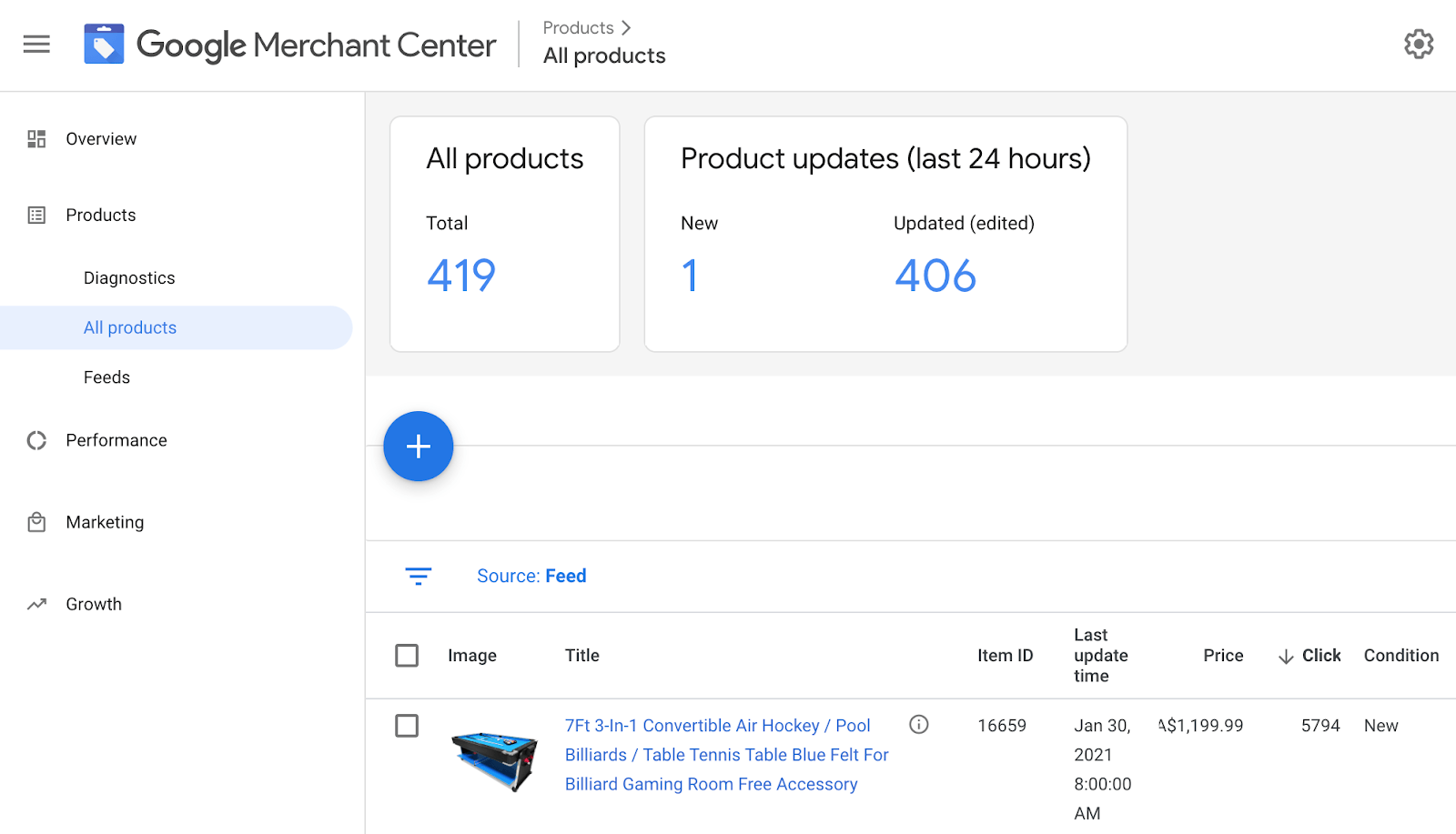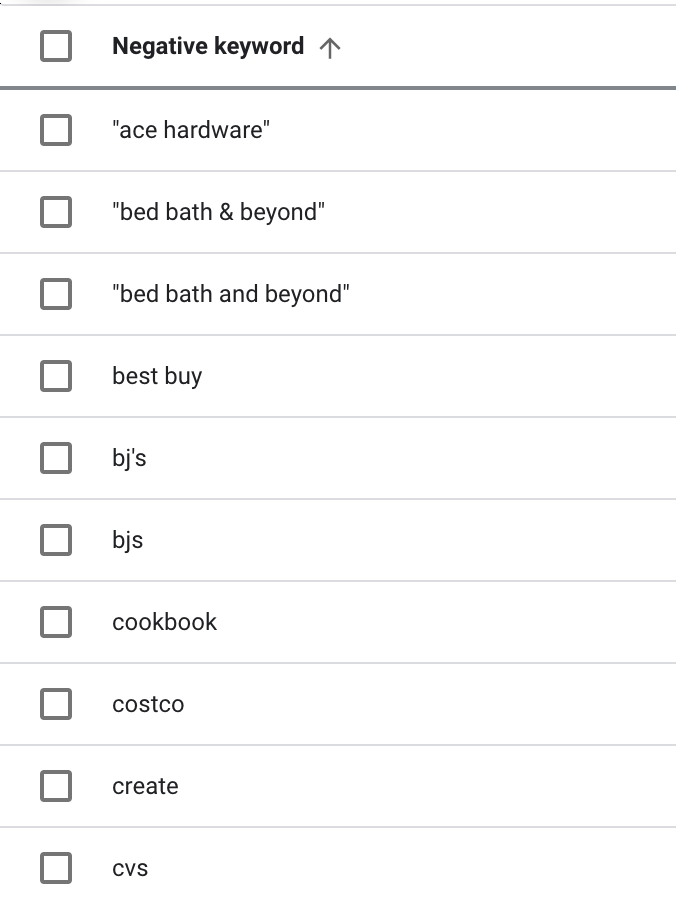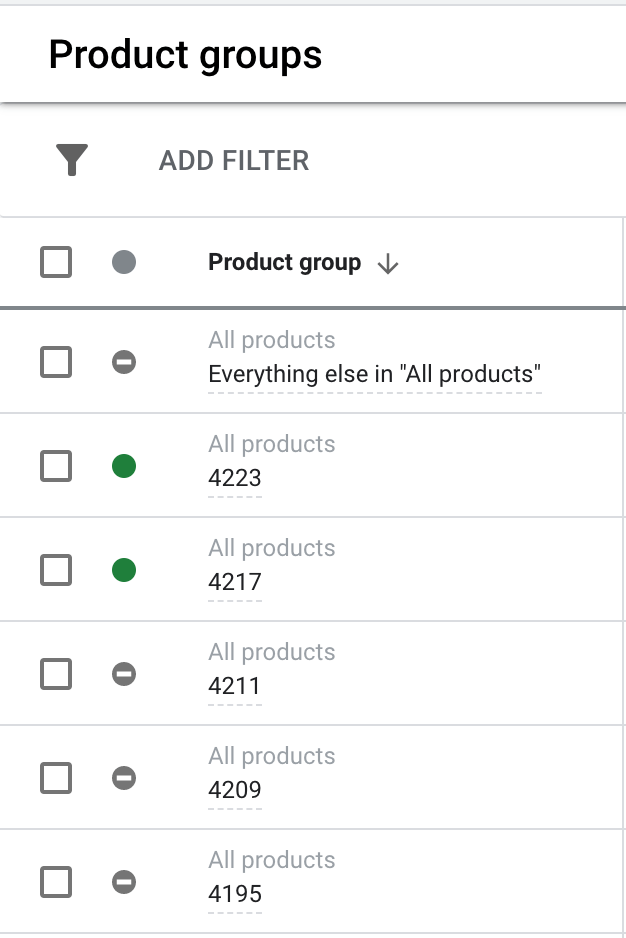Background
A HOTH reseller contacted us earlier this year about their client’s fitness e-commerce store. They wanted to use paid ads to expand the operation and make more sales.
The client was previously working with another agency but wanted to see more growth. Their specific request was for us to beat the old agency’s Google Ad metrics. We happily agreed to help but discovered there was an obstacle that could make it challenging to optimize their campaign.
They were not transparent with past metrics and couldn’t provide us with access to their old ads. As a brand new account, we didn’t have any past data either.
All we knew was that under the old agency the store had been averaging a 4X return, meaning for every $1,000 spent they were earning $4,000.
Our team knew we could help this client, we’d just have to put in some extra work.









